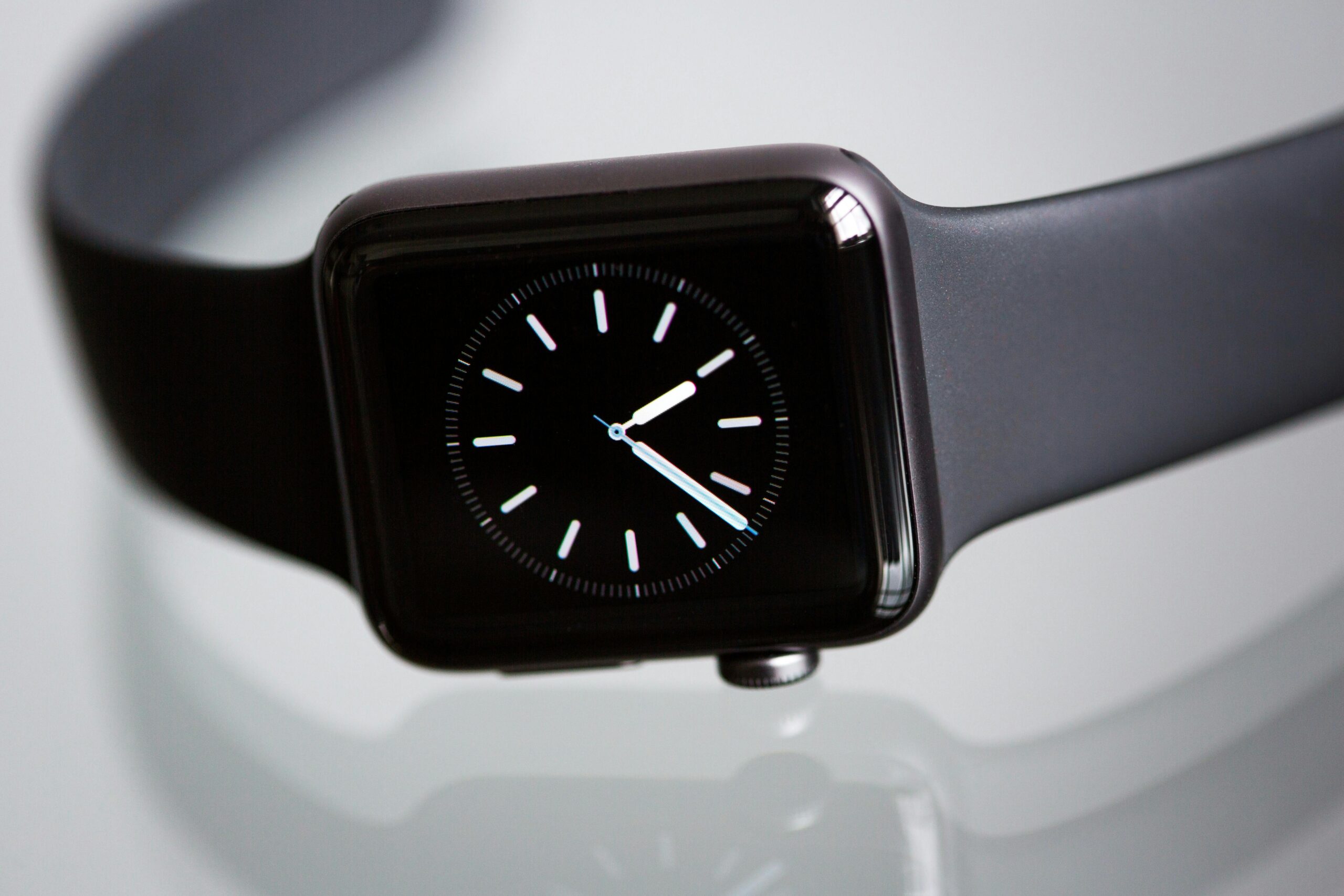Financial institutions pursuing innovation will remain competitive and gain an information advantage, delivering timely, affordable, and practical opportunities. Even though a typical interaction between the bank and a customer ends after leaving the branch or signing out of a mobile application, value can still be created if the flow of information is continuous.
A one-time transaction, such as a deposit, withdrawal, or payment, may give limited insight into customer behavior. However, a series of transactions can offer significant information that banks can use to provide targeted and customized banking services. Wearable devices are one emerging technology that will transform the digital experience of banking.
Using hand gestures instead of finding cash or a credit card to pay for goods or services is transformative. However, it also requires data to be effective. A wearable device must collect and store data, verify each user, and analyze spending habits to identify and block fraudulent transactions.
To make all this possible, wearable devices must utilize technologies like servers, sensors, and analytics engines to aggregate and analyze data and to communicate insights to aid users in making informed decisions. Banks will not be limited to demographics when assessing customers’ needs. They can also look at behavioral trends and prior bank interactions to align services to customer needs and preferences.
What Is Wearable Technology?
Wearable technology refers to an electronic device designed to be worn by a human user, providing improved functionality and value. They can take many forms, from smartwatches to augmented-reality headsets. They have built-in sensors that track body movements and locations as well as provide biometric identification. The most common wearables are currently used for entertainment, fitness, and health.
Recent advancements in wearable technology include integrating the Internet of Things and AI and expanding its utility in the automotive, sports, consumer goods, and banking industries. In banking, wearable technology can be used to engage and re-engage customers and provide personalized products and services.
Purchasing an item using a wearable device can trigger an alert to the customer’s bank. The bank can use this information to quickly identify the best financing option for the customer’s needs at that moment and send it to the user’s phone. When customers shop for a new car, a wearable device can elicit information from banks about the cost of financing the different models and prices under consideration. In return, banks can analyze the person’s cash flow and capacity to pay and let them know which cars are suitable for their budget and needs.
Challenges and Opportunities of Wearable Tech in Banking
Financial institutions will benefit from the analytical capabilities of wearable devices. However, there are challenges to adopting the technology. Banks need the technical knowledge about mobile architecture to develop the wearable devices and sensors required to collect customer data. To achieve a competitive edge, banks might find it more efficient to partner with existing wearable manufacturers and focus on handling and parsing big data.
While wearable devices might seem logical after mobile phones, the former still cannot replace the latter. Currently, wearable devices lack the necessary capabilities to phase out mobile devices. For instance, a smartwatch has a very small display, limiting the amount of information it can show its users at any given time. Because of this, users only spend a few seconds interacting with wearable devices.
To prevent a missed opportunity, banks could focus on wearable-centric experiences. Porting an app that exists on mobile phones to a wearable device may not provide the best value to customers. Banks must choose and develop features and functions that only make sense in a wearable device. For instance, UK universal bank Barclays partnered with Scottish knitwear brand Lyle & Scott to create a jacket that allows its wearer to make contactless payments. The chip is integrated with Barclays’ bPay technology and is in the jacket’s cuff.
Data security and fraud detection and prevention are also major considerations when adopting wearable technology for banking. For the devices to perform as the banks require, they must constantly collect, store, and transfer a significant amount of sensitive information. The security threat that this iterative process imposes will require banks to develop and implement safeguards to ensure that customers’ identities are safe and financial markets aren’t manipulated.
Research indicates that Gen Z is adopting smart wearable devices the fastest. They are closing the gap on Millennials and will eventually surpass Gen X. Because people who are younger are often the first to adopt new technologies, they play a crucial role in influencing features for their key products and services. However, since members of Gen Z have just started entering the workforce, older generations tend to have more spending power and bigger incomes. This friction creates a challenge for banks regarding what groups to prioritize. On the other hand, it is an opportunity to create targeted services based on the preferences communicated by the younger population without neglecting the needs of their older customers. For example, investors can use investment apps to trade, monitor, or even withdraw funds from their accounts using only their smartwatches.

